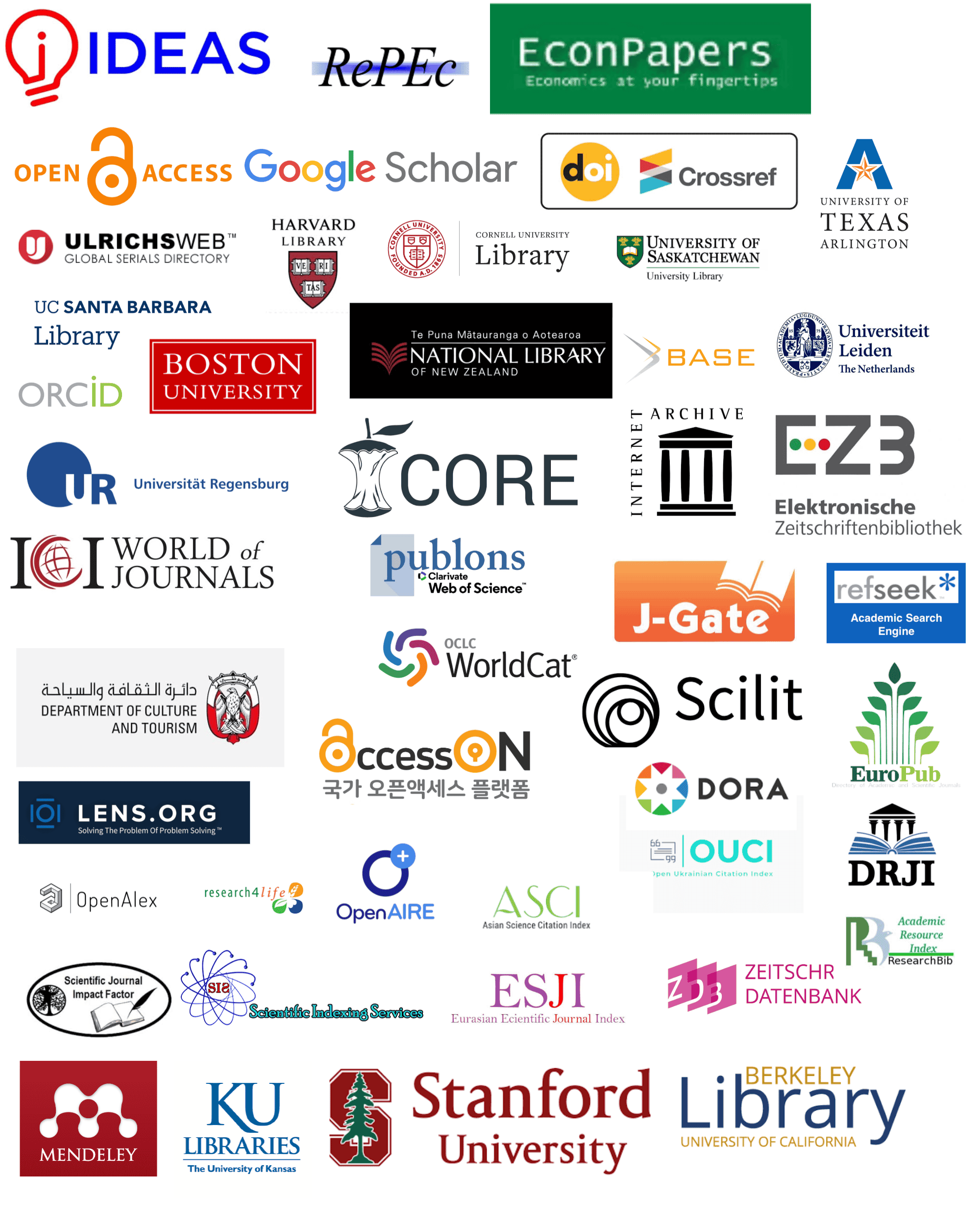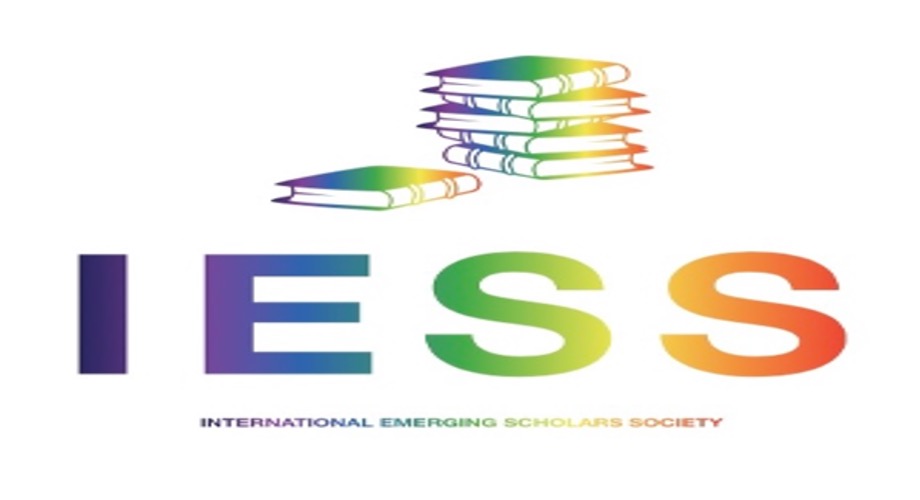Impact of electronic word-of-mouth metrics on service provider choice moderated by organizational image: Insights from Zimbabwean polytechnics
DOI:
https://doi.org/10.56879/ijbm.v3i2.48Keywords:
Metrics; Volume; Valence; Variability; Electronic Word-of-MouthAbstract
Prospective Polytechnic marketing management students experience challenges as they make decisions on which institution to enrol with. While making a decision, impact of consistent use of electronic word-of-mouth from institutions become evident in their ability to determine Polytechnic image, choice and subsequently, levels of enrolment. This article depicts the impact of electronic word-of-mouth metrics on training service provider choice, moderated by insights in organisational image from eight Polytechnics in Zimbabwe. Quantitative data were gathered from a sample of 217 respondents using a structured questionnaire in Likert format. The same data were analysed using WarpPLS software in Structural Equation Modelling. A sample of 12 was used to collect qualitative data which were analysed through Thematic Analysis in Nvivo 11. Findings were that volume of electronic word-of-mouth had insignificant positive influence on Polytechnic image while positive electronic word-of-mouth (eWOM) valence enhanced positive Polytechnic image. eWOM variability had a positive correlation with the transformation of old organisational images to new ones. Finally, positive organizational image positively impacted enrolment. Conclusively, the number of eWOM posts had an insignificant impact on Polytechnic image development; which did not concur with the theory of eWOM volume. Positive valence and variability enhanced positive Polytechnic image which ultimately improved enrolment.
Downloads
Published
Issue
Section
License
Copyright (c) 2024 Maruva Mumanyi, Shepherd Mupemhi, Johnson Masaka, Amos T. Munzara (Author)

This work is licensed under a Creative Commons Attribution 4.0 International License.


